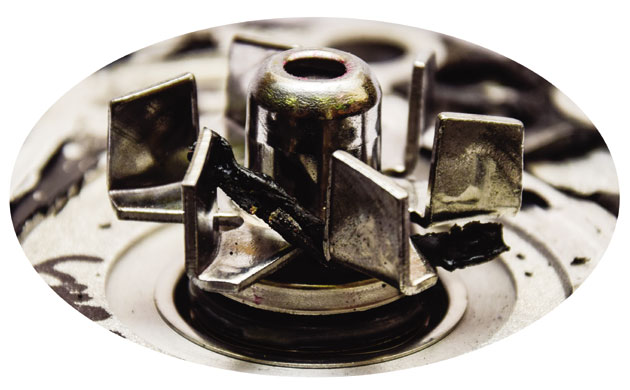
Dominic Moxon, Product Manager at FAI, asks ‘are you using too much silicon?’
“When used correctly RTV is a very useful product, but in the wrong hands the consequences can be major engine failure. Always follow the instructions carefully for a reliable sealing solution.”
Silicon RTV (Room Temperature Vulcanising) is being used by many OE manufactures as it can be applied during the engine assembly very easily by hand or machine (robot). It is mainly used for sealing sumps, rocker covers and timing covers.
We’re now seeing this versatile product being used in the aftermarket when a physical gasket or seal should be fitted – typically on water and oil pumps. Although good quality RTV is designed to create a reliable sealing solution for these components, it must be used as specified by the manufacturer.
FAI RTV (p/n SIL-2), for example, has clear instructions that a 3-6mm bead should be applied to one surface. Unfortunately we’re seeing evidence that this direction is being ignored by some who think that the more RTV is used the better the seal will be; this philosophy, however, is to the detriment of the engine.
The image (below) shows the consequence of applying too much RTV to the sealing surface(s) of components.

In this case the bolts have been tightened to secure the water pump and the excess RTV that oozed out of the joint externally was cleaned away. However, the RTV that oozed from the joint internally couldn’t be removed and, due to the physical force of the coolant being pumped, became detached from the pump. Now floating in the coolant it was carried along the water gallery and through the cooling system, with some of it lodging itself on the water pump impellers.
Potentially these ‘foreign bodies’ can cause major damage by blocking or restricting fluid flow in the cooling and lubrication systems, which would manifest as engine overheating or engine seizure.









